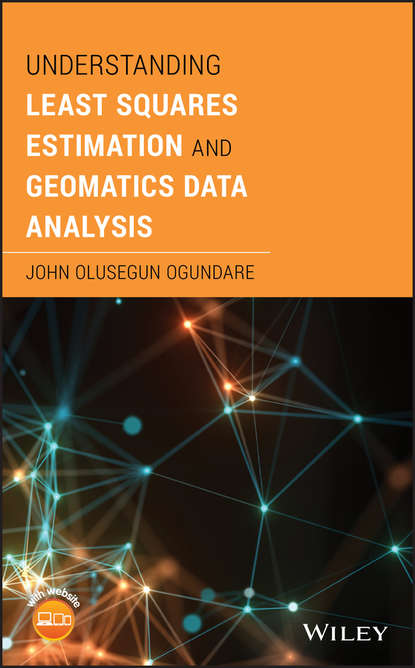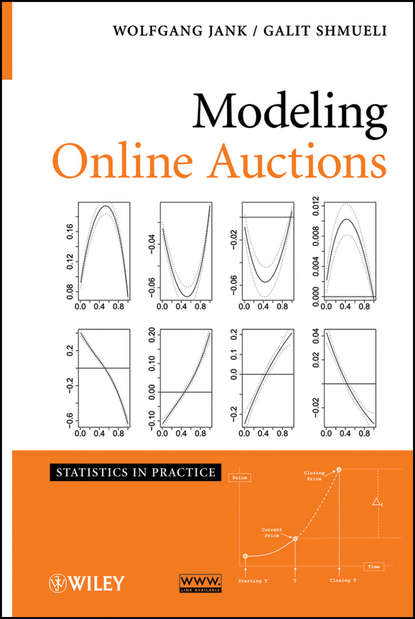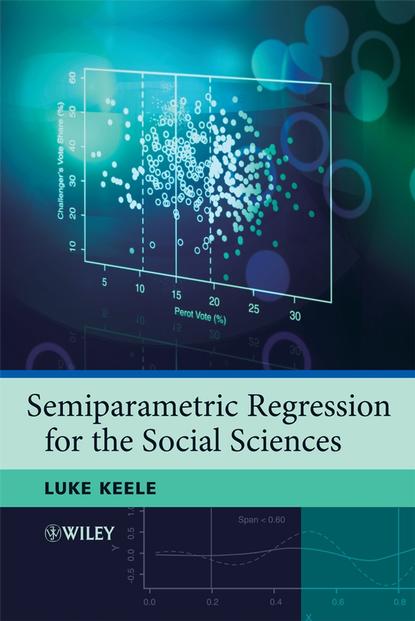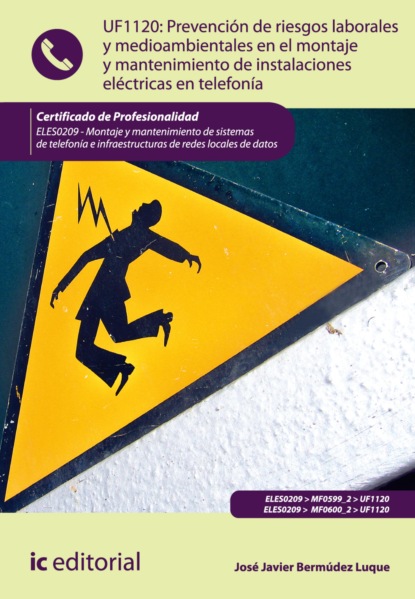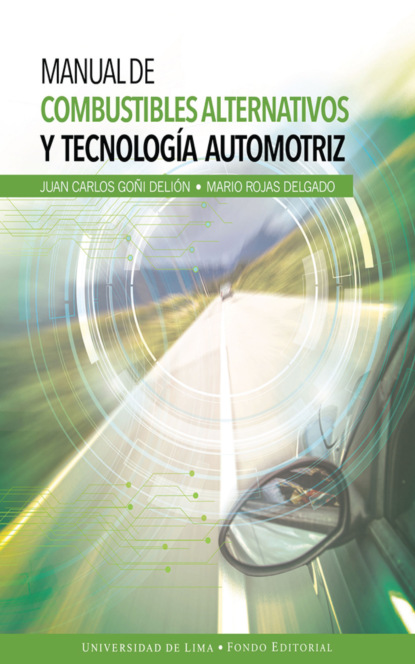Книга "Understanding Least Squares Estimation and Geomatics Data Analysis" представляет собой современный подход к оценке методом наименьших квадратов и анализу данных для студентов геодезии и геоматики. Богатая теорией и концепциями, эта всесторонняя книга по оценке методом наименьших квадратов и анализу данных содержит примеры, которые помогут студентам расширить свои знания для решения более практических задач. Образцы задач сопровождаются предлагаемыми решениями, и они сложны, но достаточно просты для ручной работы с помощью простых вычислительных устройств, а цель главы дает обзор материала, содержащегося в каждом разделе. Книга начинается с объяснения геодезических наблюдаемых, наблюдений и их стохастических свойств. Она обзор матричной структуры и построения и объясняет потребности в корректировке. Затем рассматривается анализ и распространение ошибок геодезических наблюдений, включая применение эвристических правил для распространения ковариации. Затем обсуждаются важные элементы статистических распределений, обычно используемых в геоматике. Основные темы книги включают: концепции определения геодезической сетки; формулирование и линеаризация параметрических, условных и общих модельных уравнений, связанных с типичными геодезическими наблюдаемыми; геодезические проблемы; оценка методом наименьших квадратов параметрических, условных и общих моделей; оценка доверительной области; проблемы проектирования и предварительного анализа сетей; трехмерная геодезическая сетевая корректировка; устранение параметров помех и последовательная корректировка методом наименьших квадратов; посткорректировочный анализ данных и надежность; проблемы определения геодезической сетки; математическая фильтрация и прогнозирование; введение в метод наименьших квадратов коллокации и методы кригинга; и многое другое. Книга содержит достаточно концепций/теории и содержания, а также практические и работоспособные примеры. Она основана на руководстве автора, которое он разработал как полную и всестороннюю книгу для своих курсов "Корректировка измерений геодезической съемки" и "Специальные темы в корректировке". Книга предоставляет студентам геоматики и профессионалам в области геоматики необходимые базовые знания. Она является отличным спутником книги "Precision Surveying: The Principles and Geomatics Practice". Рекомендуется для студентов, изучающих геоматику, и будет полезна многим читателям из различных областей геоматики, включая практикующих геодезистов/инженеров, которые заинтересованы в оценке методом наименьших квадратов и ана
This book is perfect for anyone looking to understand least squares estimation in the context of geomatics data analysis. With its comprehensive approach, this book provides readers with a thorough understanding of the theory behind this estimation method and how it can be applied in real-world settings.
Электронная Книга «Understanding Least Squares Estimation and Geomatics Data Analysis» написана автором John Ogundare Olusegun в году.
Минимальный возраст читателя: 0
Язык: Английский
ISBN: 9781119501404
Описание книги от John Ogundare Olusegun
Provides a modern approach to least squares estimation and data analysis for undergraduate land surveying and geomatics programs Rich in theory and concepts, this comprehensive book on least square estimation and data analysis provides examples that are designed to help students extend their knowledge to solving more practical problems. The sample problems are accompanied by suggested solutions, and are challenging, yet easy enough to manually work through using simple computing devices, and chapter objectives provide an overview of the material contained in each section. Understanding Least Squares Estimation and Geomatics Data Analysis begins with an explanation of survey observables, observations, and their stochastic properties. It reviews matrix structure and construction and explains the needs for adjustment. Next, it discusses analysis and error propagation of survey observations, including the application of heuristic rule for covariance propagation. Then, the important elements of statistical distributions commonly used in geomatics are discussed. Main topics of the book include: concepts of datum definitions; the formulation and linearization of parametric, conditional and general model equations involving typical geomatics observables; geomatics problems; least squares adjustments of parametric, conditional and general models; confidence region estimation; problems of network design and pre-analysis; three-dimensional geodetic network adjustment; nuisance parameter elimination and the sequential least squares adjustment; post-adjustment data analysis and reliability; the problems of datum; mathematical filtering and prediction; an introduction to least squares collocation and the kriging methods; and more. Contains ample concepts/theory and content, as well as practical and workable examples Based on the author's manual, which he developed as a complete and comprehensive book for his Adjustment of Surveying Measurements and Special Topics in Adjustments courses Provides geomatics undergraduates and geomatics professionals with required foundational knowledge An excellent companion to Precision Surveying: The Principles and Geomatics Practice Understanding Least Squares Estimation and Geomatics Data Analysis is recommended for undergraduates studying geomatics, and will benefit many readers from a variety of geomatics backgrounds, including practicing surveyors/engineers who are interested in least squares estimation and data analysis, geomatics researchers, and software developers for geomatics.
